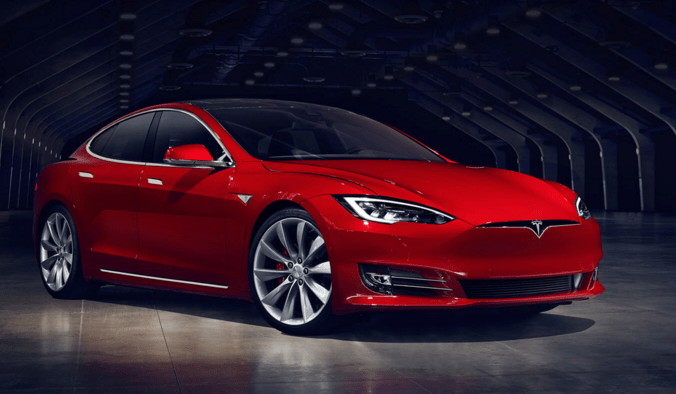Autonomous driving is arguably poised to be the next big technological leap that will fundamentally impact the way we live our lives. As a result, it’s not at all surprising to see companies like Apple, Uber, Microsoft and a number of auto manufacturers show an increased interest in self-driving car technologies.
Of course, the company that stands at the forefront of the autonomous driving revolution is Tesla. Since releasing its Autopilot software in late 2015, it quickly became clear that a world where cars would be able to drive themselves to and fro was an achievable reality and not simply something relegated to the pages of a sci-fi novel. Tesla’s Autopilot software isn’t without its flaws — the recent Model X crash being a prime example — but Tesla is continuously working hard behind the scenes to ensure that its Autopilot software continues to improve with time.
DON’T MISS: T-Mobile is giving away tons of free stuff, here’s how to get it
As it stands now, Tesla’s Autopilot software is pretty advanced. Anchored by an impressive system of advanced cameras, radar and ultrasonic sensors, Tesla’s today can autonomously change lanes, handle turns at high speeds, auto-steer to avoid an impending collision, and even slow down and speed up in accordance with the flow of traffic.
That notwithstanding, Tesla’s Autopilot system — which is based on software provided by an Israeli company called Mobileye — isn’t perfect and has a lot of room to grow. During an appearance at the EmTech Digital conference recently, Sterling Anderson — who heads up research on Tesla’s autonomous driving software — told MIT Technology Review what the company has been working on lately.
“Anderson mentioned that his team is looking at how to automate urban driving and handling intersections,” the report relays. Indeed, Tesla today isn’t shy about saying that its Autopilot software isn’t designed for urban driving and cautious users against using it in such environments.
Also interesting is that Tesla isn’t planning to save any new developments or advancements for some sort of big reveal. On the contrary, Anderson explained that Tesla will roll out new updates and features to its Autopilot software as they come in.
“We will not hold any technology for Model 3 that we have not released already when it’s ready on other models,” Anderson said. “Our vehicles will receive the latest technology when we have it. Models S and X will continue to lead the way for a while in improvements.”
Also worth noting is that Tesla CEO Elon Musk recently spent some time in Israel taking a look at Mobileye’s next-gen technology. According to a report from the Israeli business publication Globes, the new technology will boast some of the following features:
The system Mobileye is developing for Tesla is the first of its kind in the world, and it combines several advanced technologies that enable the vehicle to identify its environment, avoid obstacles, and move without driver intervention.
Among the technologies are a system called DNN (digital neural network), which enables the vehicle to “learn” by gathering data on the move, and even to identify different kinds of road surface; free-space, which enables the automatic vehicle’s systems to identify areas without defined objects such as hard shoulders of roads, sidewalks, and so on, and avoid collisions and deviations from the road; a “holistic path prediction”, which enables a vehicle to select the correct path – on an open road, for example – even when there are no visual hints in the environment; and a sign identification system that can identify over 1,000 signs and road markings in use around the world.
There’s no question that autonomous driving software will improve in the years ahead, but it remains to be seen if the public will be ready to embrace any software that is still not 100% effective.








